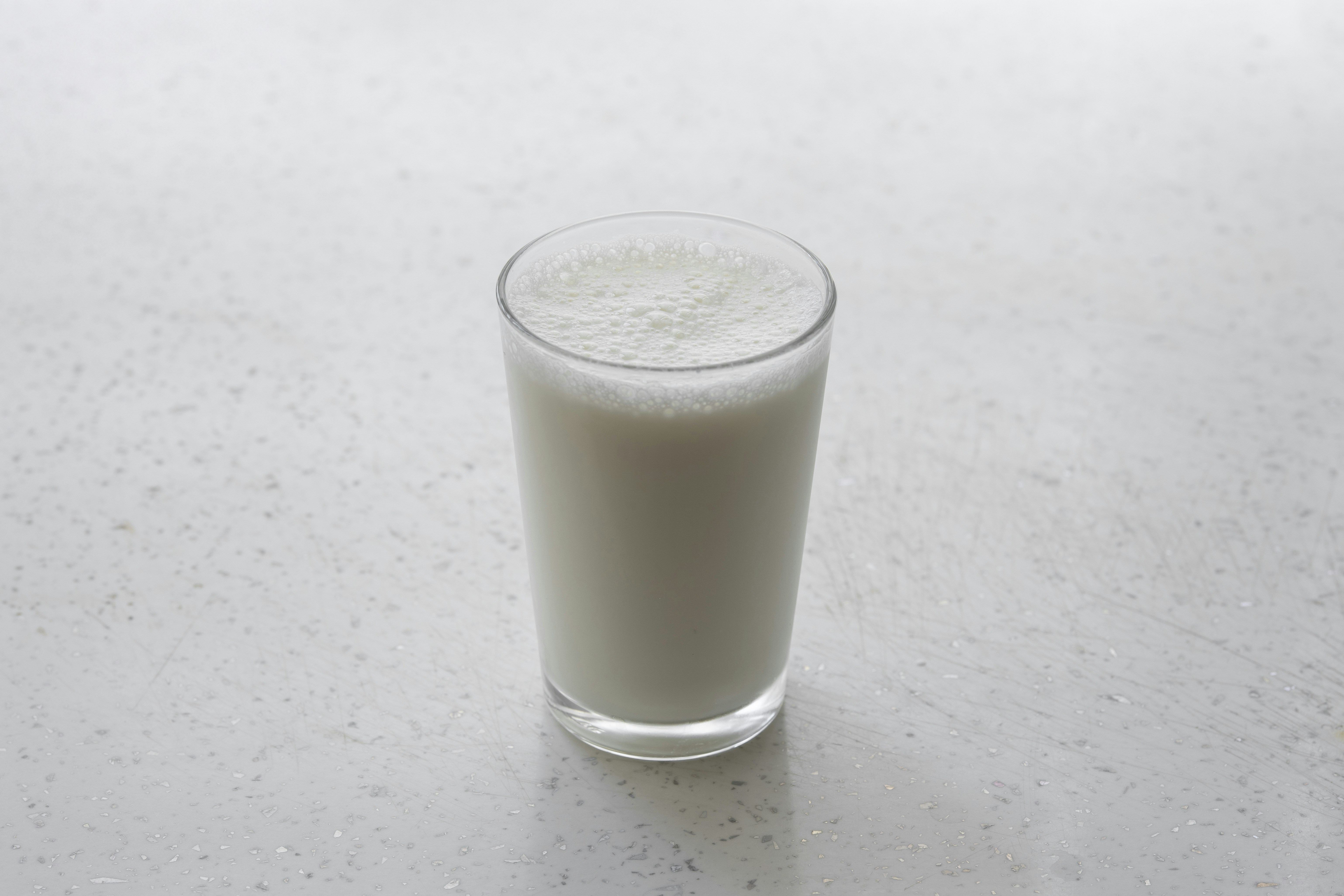Have you ever wondered how the foods you eat can affect how well your body absorbs nutrients, particularly calcium? It’s a fascinating topic because absorption plays a crucial role in overall health, particularly when it comes to your bones and teeth.
Understanding Calcium and Its Importance
Calcium is often discussed for its benefits in bone health, but it does so much more than just strengthen your skeleton. It plays vital roles in muscle function, nerve transmission, hormonal secretion, and even blood clotting. Given how essential it is, you want to make sure you’re getting enough calcium through your diet or supplements.
Your body can’t produce calcium on its own, so you have to consume it. Adults typically need about 1,000 mg of calcium each day, and this requirement can increase for certain groups, such as teenagers, pregnant women, and the elderly.
Food Sources of Calcium
Many foods are rich in calcium, and some of the best sources include:
- Dairy Products: Milk, yogurt, and cheese are fantastic sources.
- Greens: Leafy greens like spinach, kale, and collard greens also contain calcium.
- Fortified Foods: Certain cereals and plant-based milk varieties are often fortified with calcium.
- Fish: Canned fish with bones, like sardines and salmon, are good sources as well.
Knowing where to find calcium in your diet is just the first step. The next part is ensuring that the calcium you consume is absorbed effectively.
What Are Oxalates and How Do They Interact with Calcium?
Oxalates are naturally occurring compounds found in many plants, including some that are otherwise rich in calcium. These compounds can bind with calcium in the gut and form insoluble calcium oxalate, which means you might not absorb the calcium as effectively as you would like. This interaction can raise some alarms when it comes to dietary choices.
Major Sources of Oxalates
You might be surprised to learn about common foods high in oxalates:
- Leafy Greens: Spinach, Swiss chard, and beet greens.
- Nuts and Seeds: Almonds and peanuts are notorious for their oxalate content.
- Certain Fruits: Berries, figs, and even grapes fall into this category.
- Chocolate and Tea: They also contain significant amounts of oxalates.
Being aware of oxalate-rich foods is essential, especially if you are focusing on calcium intake for bone health.
The Calcium-Oxalate Absorption Dilemma
Many people believe that because oxalates bind with calcium, they should completely avoid high-oxalate foods if they want to maximize their calcium absorption. However, things aren’t as black-and-white as they may seem.
What Happens During Digestion?
During digestion, oxalates can indeed take calcium away from you, but the effect varies depending on the overall composition of your meal. When oxalates are present, the amount of calcium that gets absorbed can diminish. However, that doesn’t mean you have to eliminate oxalate-rich foods from your diet completely.
The Importance of Balancing Intake
Instead of fearing oxalates, consider the idea of balance. If you consume high-calcium foods alongside those high in oxalates, you can help mitigate the potentially negative interactions. The key is in portion size and food pairings.
Pairing Calcium with Oxalate-Rich Foods
When you think about your meals, consider specific pairings that will enhance nutrient absorption rather than hinder it. Here are some effective strategies for you:
1. Cook Oxalate-Rich Greens
Cooking can help reduce the oxalate content in greens. For example, boiling spinach can cut the oxalate content significantly. If you enjoy spinach salads, you might want to balance that with a dairy-based dressing.
2. Include Dairy with High-Oxalate Foods
Pairing calcium-rich dairy with oxalate-rich foods can be a game-changer. For instance, if you’re snacking on almonds, consider having a side of yogurt or cheese. The calcium in the dairy can help offset the oxalates from the almonds.
3. Use Low-Oxalate Alternatives
If you’re concerned about oxalate levels, choose lower-oxalate options. Instead of spinach, you might try kale, which has a healthier calcium-to-oxalate ratio.
4. Balanced Meal Composition
Tailor meals that maximize the nutrient absorption synergy. If you’re having a dinner with roasted sweet potato (which contains oxalates), pair it with a side of grilled salmon or sautéed bok choy.
The Role of Vitamin D in Calcium Absorption
Vitamin D is a key player in calcium absorption. Without enough vitamin D, your body struggles to absorb calcium, no matter how much you consume.
Ideal Sources of Vitamin D
Make sure to include foods rich in vitamin D in your diet, such as:
- Fatty Fish: Salmon, mackerel, and sardines.
- Fortified Foods: Certain cereals and dairy products often have added vitamin D.
- Egg Yolks: They contain small amounts of vitamin D.
- Sunlight: Your body can produce vitamin D when exposed to sunlight, so make it a point to get outside when the weather permits.
Combining calcium and vitamin D ensures that the calcium you take in is effectively utilized by your body.
Stick to Moderation and Diversity
When focusing on nutrient absorption, it’s a good idea to adopt a diverse and well-rounded diet. While you should be cautious about oxalate-rich foods, moderation is key.
The Benefits of a Diverse Diet
Eating a wide variety of foods means you’re not relying solely on just a few sources for your nutritional needs. This not only helps with calcium absorption but also ensures you get a broad spectrum of vitamins and minerals. Think of it this way:
- Variety is the Spice of Life: Different foods contribute to different health benefits.
- Enjoy Experiences: You’ll likely have more enjoyable meals trying new combinations and cuisines.
Listening to Your Body
You are your best advocate when it comes to your health. Pay attention to how certain foods make you feel. If you notice digestive discomfort after consuming high-oxalate foods, it might be worth adjusting your intake or how you are pairing those foods.
Keep a Food Journal
Tracking what you eat can help identify patterns in how you feel about different food combinations. This can be an insightful way to discover what works best for your body.
Consulting a Professional
If you have concerns about calcium absorption or dietary choices, it can be highly beneficial to consult with a healthcare professional.
Working with a Dietitian
A registered dietitian can provide personalized guidance and meal planning based on your specific health needs, lifestyle preferences, and goals. They can work with you to create a plan that accommodates your calcium needs while considering any concerns about oxalates.

Summary
Understanding how calcium interacts with oxalates can profoundly affect how you approach your meals. Rather than viewing it as a limitation, think of it as an opportunity to fine-tune your diet for optimal absorption of this crucial mineral.
- Incorporate a variety of calcium and vitamin D sources to maximize benefits.
- Cook oxalate-rich foods to mitigate their effects.
- Pay attention to portion sizes and meal pairings.
- Consult with a medical professional for tailored advice.
By adopting these strategies, you can improve your nutrient absorption, feel your best, and support your overall health as you navigate dietary choices. The relationship between calcium, oxalates, and absorption isn’t just academic; it’s a practical way to boost your health and well-being.




